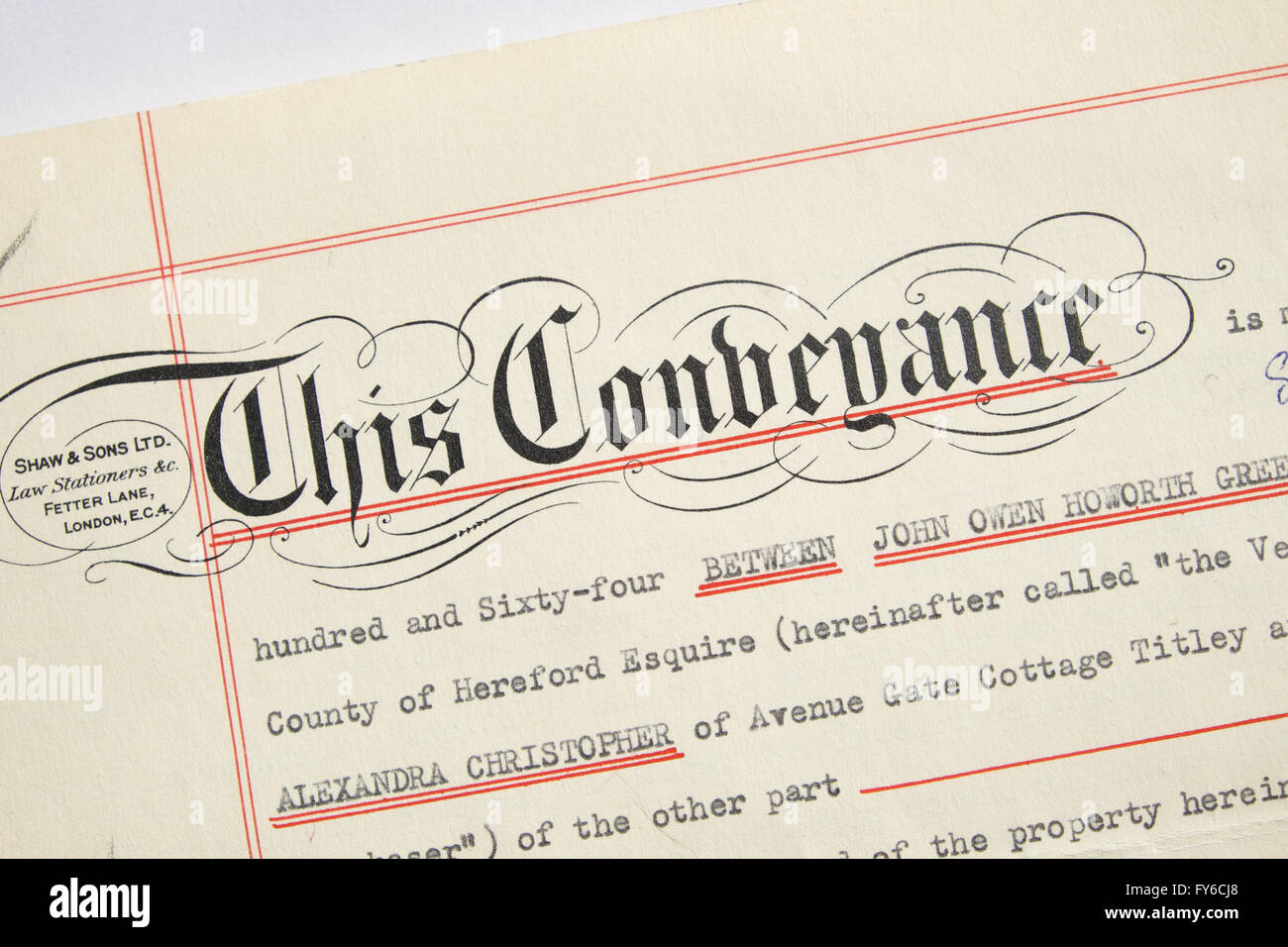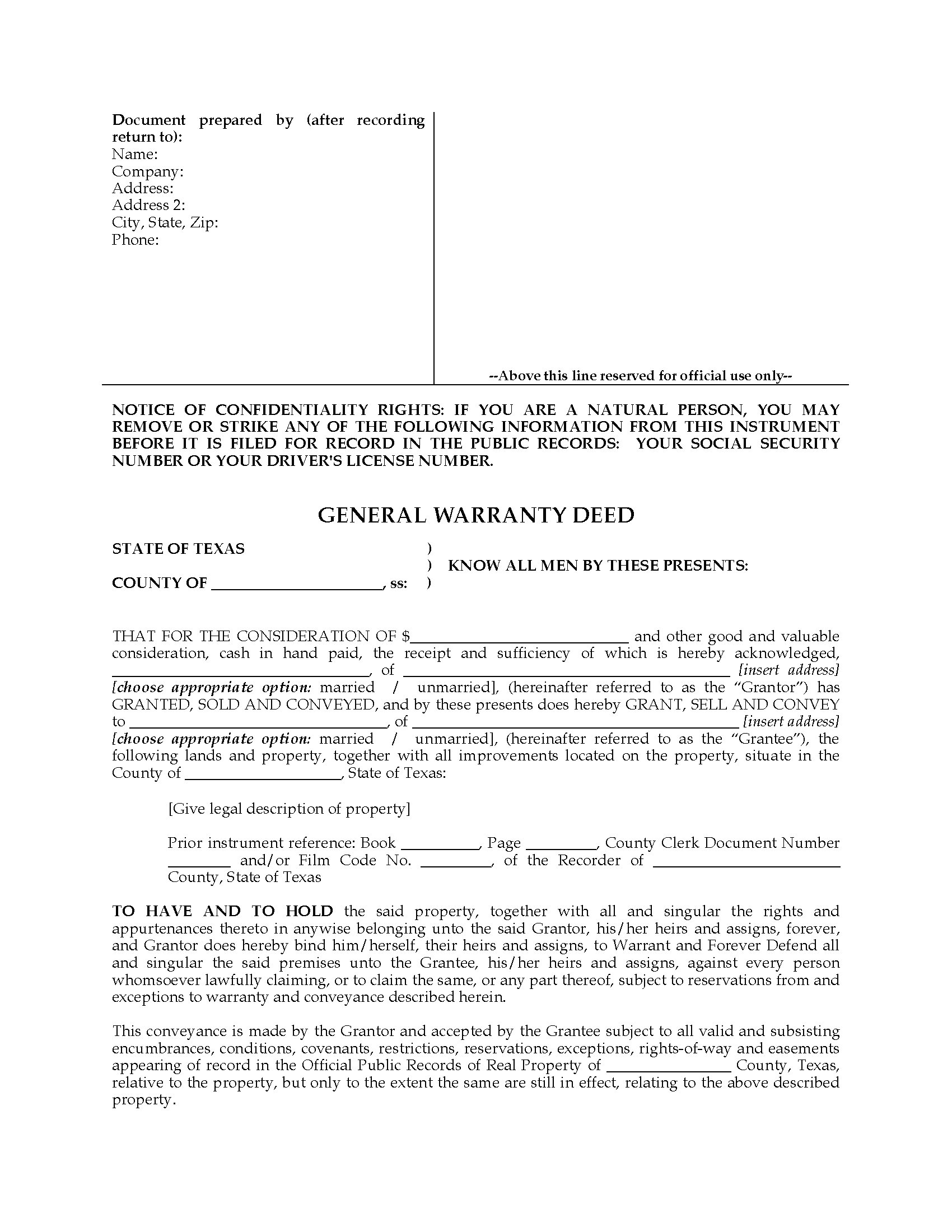

It may be with some consideration (monetary) and at times without any monetary consideration. There are five types of Conveyance Deed where you need to transfer the rights of the said property to the new owner. Other documents like Gift Deed, Exchange Deed, and Relinquishment Deed are also counted as Conveyance Deed. Any legal document that declares the transfer of property rights is considered to be a Conveyance Deed, so Sale Deed is also a Conveyance Deed. This is a legal document that states that the seller of a property has transferred all the authority and the ownership regarding that property to you and no else can now have a claim on the said property.Ī Sale Deed is a Conveyance Deed but it is not vice versa.

This deed holds some legal technicalities which can save you from fraudsters. Hence a Conveyance Deed is an important document and declares that the transaction for that property is now complete. Without a proper Conveyance Deed, the buyer will not hold any legal rights over that property in spite of paying the agreed amount. He can hold or sell it on his or her wish. Now, the new owner of the property has all the rights over that property. In this document, the seller transfers all the rights to the new owner of that property. It is a written document that is signed by both the parties. The term ‘ Conveyance’ refers to the act of transferring the title, ownership, rights and interests of a property, from the seller to the buyer. You should have all the legal documents to prove that you are the new owner of that particular property and you should also know the importance of them. Just paying the amount for the property does not mean that you own that property. Depending on your location, you may need the signatures of additional witnesses.īe sure to photocopy the document, distribute it to all parties and file the quitclaim deed with the local land records office where the property is located.Owning a property or a dream house is essential but more important is to have the required knowledge of this process so that you do not get duped if you don’t know the procedure or the list of documents which you should acquire along with the property.

The notary will sign and stamp it, making it legally binding. (Here’s more on when you need a quitclaim deed.)Ī notary must be present when signing the deed. This is sometimes a recommended process for people who are related, as it’s rather straightforward and doesn’t require a lawyer. Next, the parent will complete a “ quitclaim deed,” or deed of release, to transfer ownership. If the property has a mortgage on it, the child who receives the property will need to get a loan before completion of the property transfer. Sometimes an aging parent wants to give legal responsibility for their home to their child. Usually the filing and recording process takes from four to eight weeks, and you will receive the new real estate deed in the mail. It will be filed with the appropriate county recorder’s office.


 0 kommentar(er)
0 kommentar(er)
